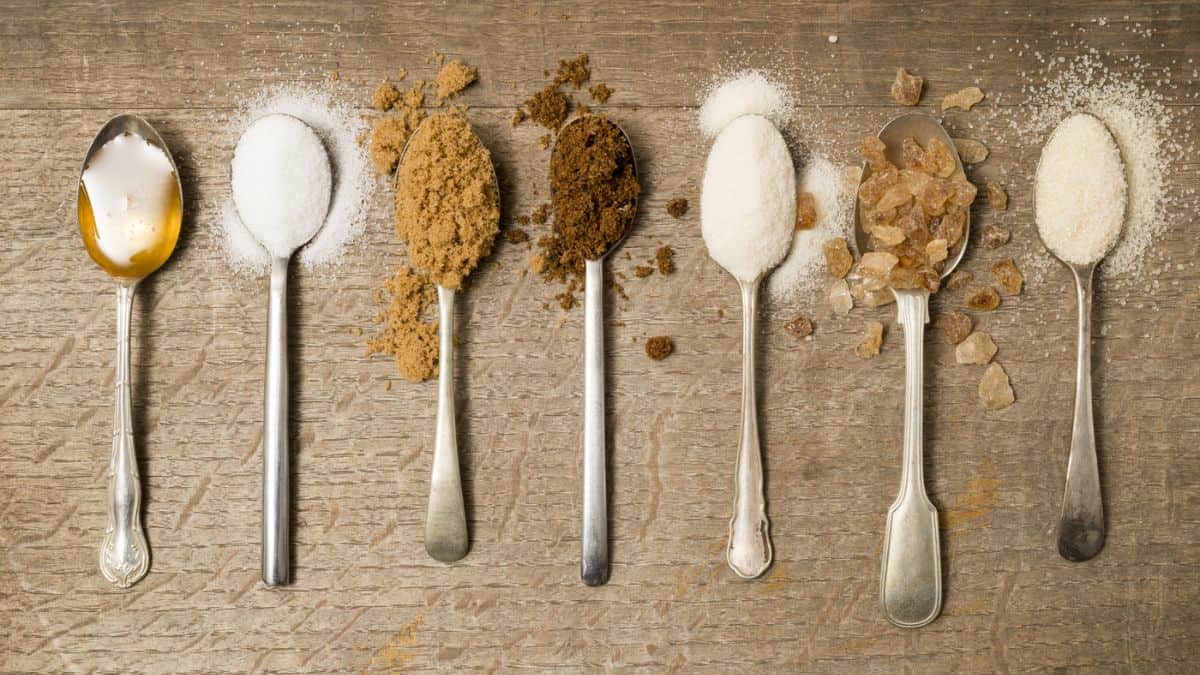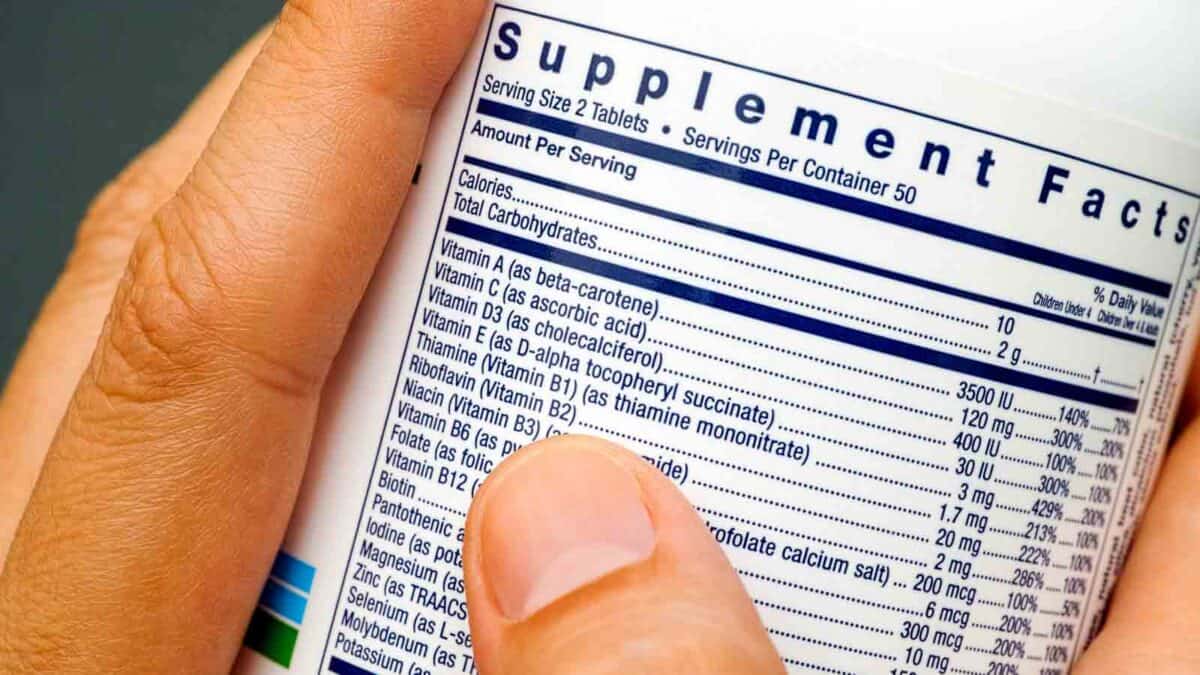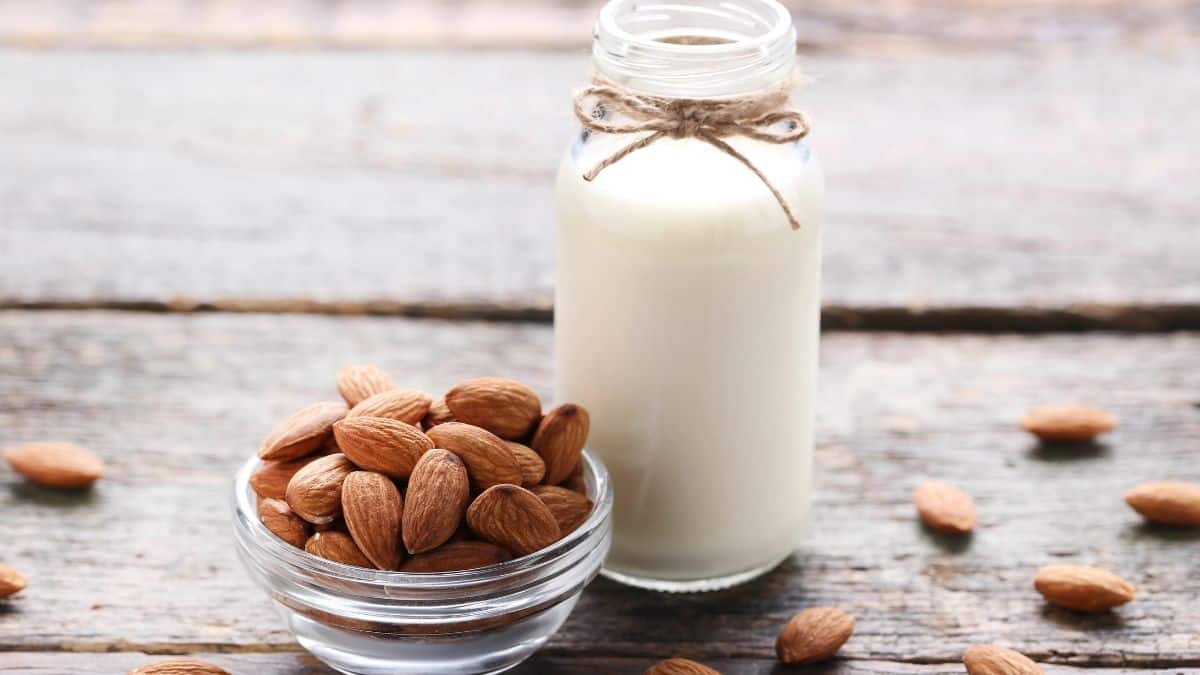Almond milk might seem like the trendy health choice, but is it really all that great? Turns out, there are quite a few reasons to rethink your morning splash of almond milk. From sneaky sugars to environmental woes, this popular drink might not be the superstar it claims to be. Find out why you might want to ditch it for something better.

Low Nutrient Content

Almond milk is basically water with a hint of almond. It often lacks essential nutrients like protein, calcium, and vitamins B12 and D found in cow’s milk or other plant-based alternatives. While cow’s milk boasts 8 grams of protein per cup, almond milk typically offers a measly 1 gram. So, you might be better off just eating the almond straight up!
Added Sugars

Many almond milk brands sneak in added sugars to make it taste better. While you might think you’re being healthy, you’re actually guzzling down liquid candy. Some brands contain up to 20 grams of sugar per serving, which is half the daily recommended limit for women and a third for men. Watch out for those sugar bombs!
Environmental Impact

Almond farming is a water guzzler. It takes about a gallon of water to grow a single almond. Considering that most almonds in the U.S. are grown in California, a state plagued by drought, almond milk is practically public enemy number one for the environment. Choosing water-efficient alternatives like oat milk can make a significant impact.
Pesticide Use

Those almonds are often doused in pesticides. Yum, a side of chemicals with your breakfast! Pesticides like glyphosate, used in almond farming, have been linked to environmental damage and potential health risks, including cancer. Organic almonds reduce this risk but still aren’t entirely pesticide-free.
Low Protein

Almond milk has as much protein as a piece of lettuce. Okay, maybe not that bad, but it’s definitely low on protein compared to cow’s milk or other plant-based options like soy or pea protein milk. Your muscles will not be impressed with the mere 1 gram of protein per cup. Consider higher-protein options if you’re aiming for a balanced diet or know that you’ll need to compensate with whole food protein sources in other ways.
Expensive

Almond milk can drain your wallet faster than a latte habit. It’s pricier than other milk alternatives, often costing double the price of cow’s milk or soy milk, especially for higher quality brands. You have to wonder if it’s worth the splurge for what you’re actually getting. Maybe save those extra dollars for something more nutrient-dense.
Carrageenan Concerns

Some almond milk brands add carrageenan, a seaweed extract used as a thickener. It sounds healthy until you realize it’s linked to digestive issues and inflammation. Seaweed should stay in sushi, not your milk. There are carrageenan-free options, but you have to read the labels carefully.
Nutrient Additives

Many almond milks are fortified with synthetic nutrients to mimic the benefits of cow’s milk. However, these synthetic nutrients, like calcium carbonate and vitamin D2, might not be as easily absorbed by your body as the naturally occurring ones. It’s like the difference between fresh fruit and a gummy vitamin—one is clearly better for you.
Allergenic Potential

Almond allergies might be less common than dairy allergies, but they still exist. Imagine thinking you’re avoiding allergens only to have a sneaky almond ruin your day. For those with nut allergies, the risk of cross-contamination can make almond milk a risky choice.
Taste and Texture

Let’s face it, almond milk can taste like flavored water with a hint of nut. Its watery texture isn’t great in coffee or cooking, often leading to disappointing results. Sometimes, it’s just not worth the compromise when there are creamier, tastier alternatives like oat or soy milk that blend better in recipes and beverages.
15 Easy Ways To Add More Fiber To Your Diet

Tired of feeling sluggish and bloated? It’s time to fix your fiber game. Forget bland bran flakes; there are way better (and tastier) ways to get things moving. From popcorn to chia seeds, these hacks will have your gut thanking you. If you’r ready to shake up your diet and feel amazing, here are some fiber-packed tips that will change the way you eat.
Read it Here: 15 Easy Ways To Add More Fiber To Your Diet
12 Healthy Eating Habits For Busy People

Eating healthy when you’re super busy can feel like an impossible task, but it doesn’t have to be! With a few smart habits, you can stay on track without turning into a stressed-out meal-planning zombie. Turn up your healthy eating game with these tips that’ll keep you eating right even on your craziest days.
Read it Here: 12 Healthy Eating Habits For Busy People
*Select images provided by Depositphotos.
Gina Matsoukas is an AP syndicated writer. She is the founder, photographer and recipe developer of Running to the Kitchen — a food website focused on providing healthy, wholesome recipes using fresh and seasonal ingredients. Her work has been featured in numerous media outlets both digital and print, including MSN, Huffington post, Buzzfeed, Women’s Health and Food Network.








